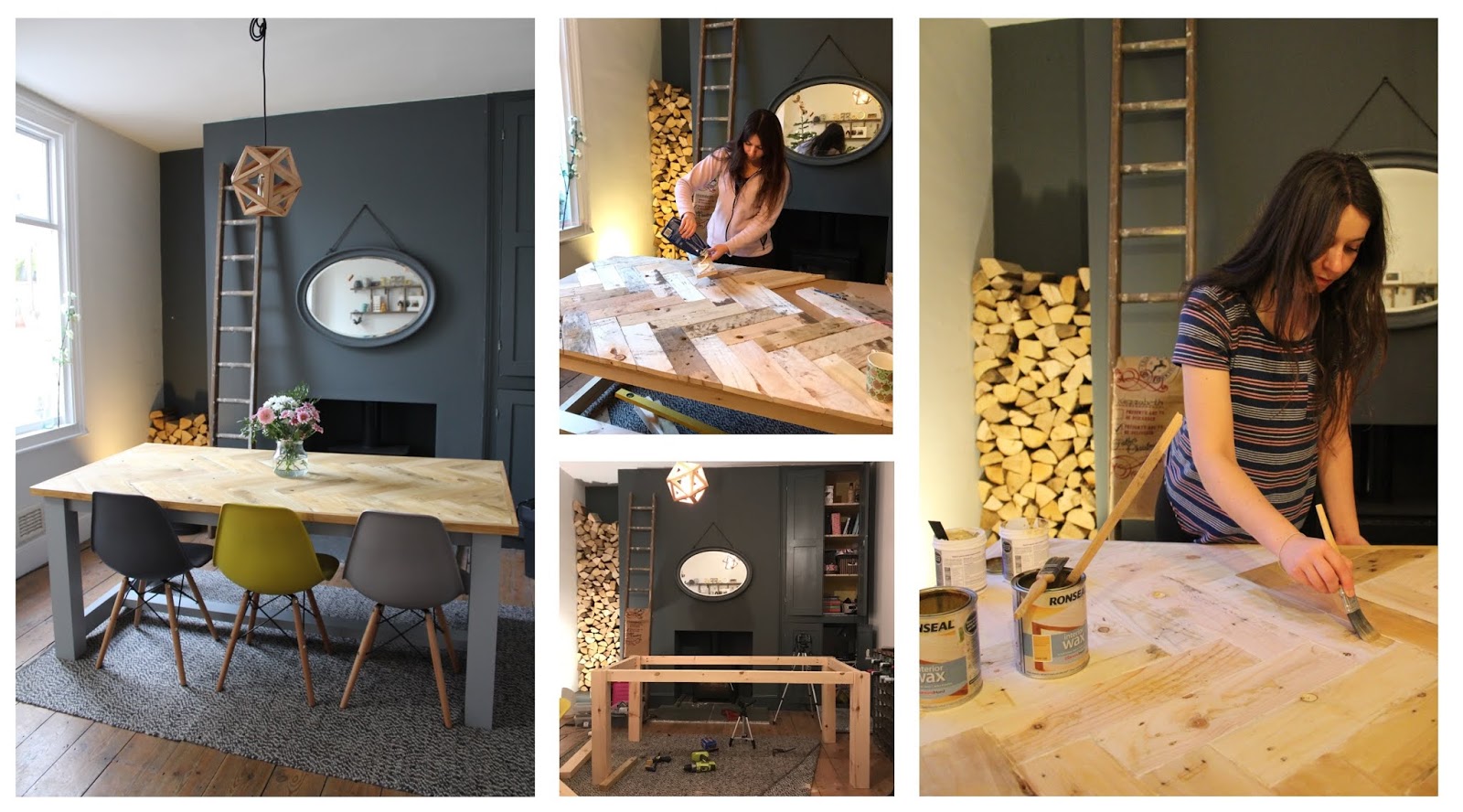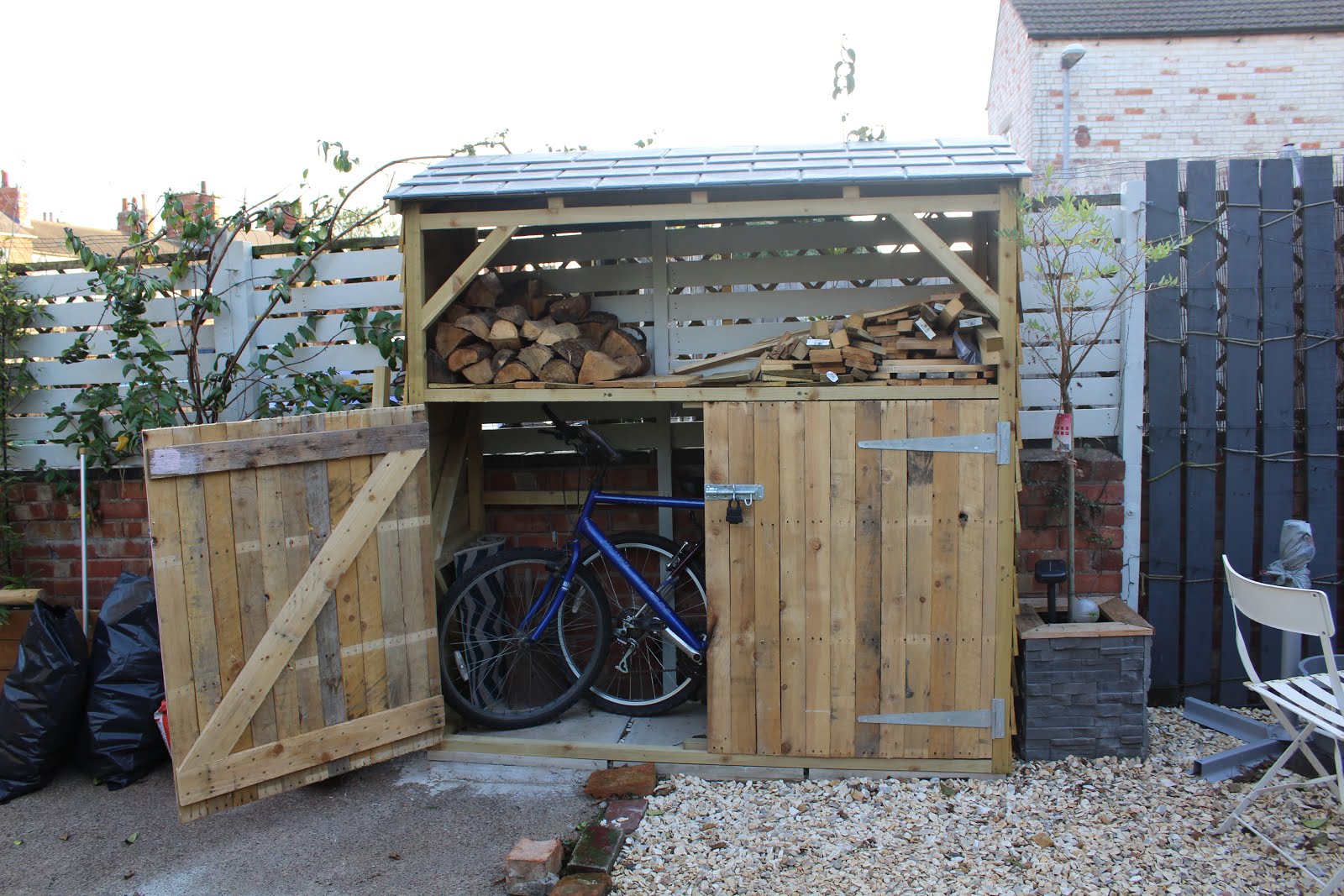You Will Need:
- Feature Tiles
- Tile Adhesive
- Wet Tile Saw
- Trowel
- Hardiebacker/Cement Board
- Saw
- Drill
- Lengths of Wood
- Large Smooth Board (I’m using an old kitchen worktop)
- Screws & Screwdriver
- Cement
- Mixing Bucket & Something to Mix With
- Wire Mesh – Optional
- Spirit Level
- Sealant
- Fairy Liquid
- Hammer
Step 1 – Cut Pieces to Make the Base
I cut (or rather, I asked Grant to cut) the hardiebacker into four exact rectangles using a jigsaw. The sizes of these will determine the overall size of the table; mine are roughly 45cmx30cm. Hardiebacker board is pretty tough stuff, so I do recommend a power saw rather than a manual one for this job, or you might be there for some time with rather blunt blades by the end.
Step 2 – Affix Together
Step 3 – Tile Away!
The tiles do have smooth decorative ends, so I’ve made sure to keep these exposed at the corners instead of the cut ends which will be a little rougher. This means one side of tiles has to protrude over the hardiebacker to match up with the other side…
Step 4 – Making a Mould for the Concrete Top
I cut the wood to the size I wanted and then screwed it directly onto the worktop, making sure everything was completely square with an angle finder. I then used some sealant around the edges between the wood and worktop and also between the corners of the wood. This will stop the cement mix seeping under the wood. I always apply sealant with a gun and then use my finger dipped in a fairy liquid and water mix to smooth it out.
Step 5 – Pour the Cement
I poured the cement into the mould around halfway up before inserting some wire mesh. I wasn’t entirely sure how essential this was, bearing in mind it’s quite a small table and this wire mesh isn’t exactly going to re-inforce it much at all. But, I added it non-the-less. Like I say, this is the first time I’ve made a concrete top – so it’s all learning curves! If you’re making a large table, you will definitely need some strong reinforcement in the middle, I recommend rods.
One thing I hadn’t done was ensure the mould was completely level before pouring the cement. Yep – rookie error! The worktop was actually balanced on two chairs on our lawn so it was obviously less than level and caused the cement to slope accordingly in the mould. I then had to juggle trying to level the worktop which was already covered in very heavy cement, so do make sure to do this one first!
I found a length of wood was the best tool for levelling out the cement. By wiggling back and forth along the mould, it evens everything out nicely. It’s also important to remove any bubbles in the cement as well as these are weak points and too many of them is bad. This is simply done by hitting the side of the mould which causes the bubbles to rise to the surface. You can then smooth back over with the levelling wood.
Step 6 – Leave 48 Hours
For a tutorial on the hanging feature wall behind, click here.
*Tiles were kindly provided for the purpose of this DIY Tutorial. All words, thoughts & reviews are my own 🙂 Thanks for supporting the brands who support this blog.


















No Comments